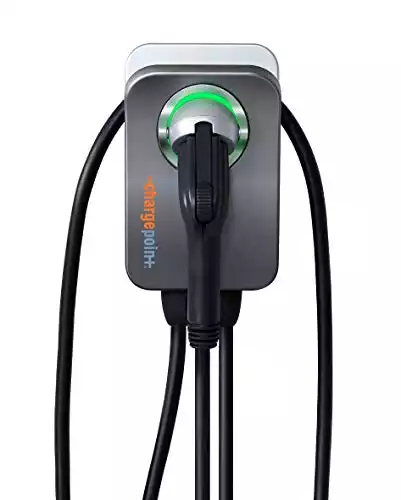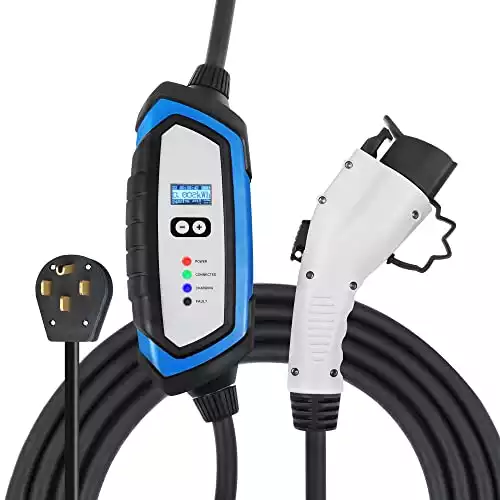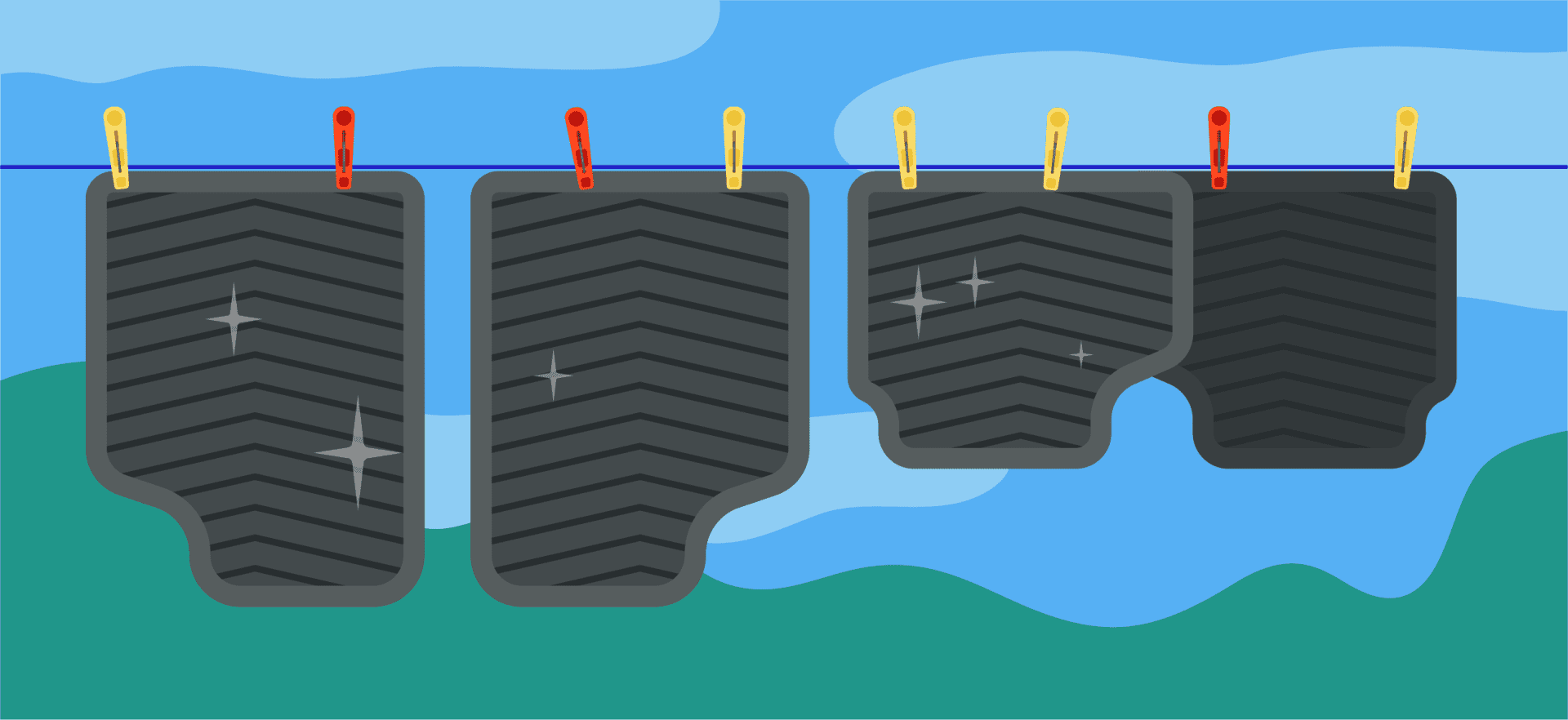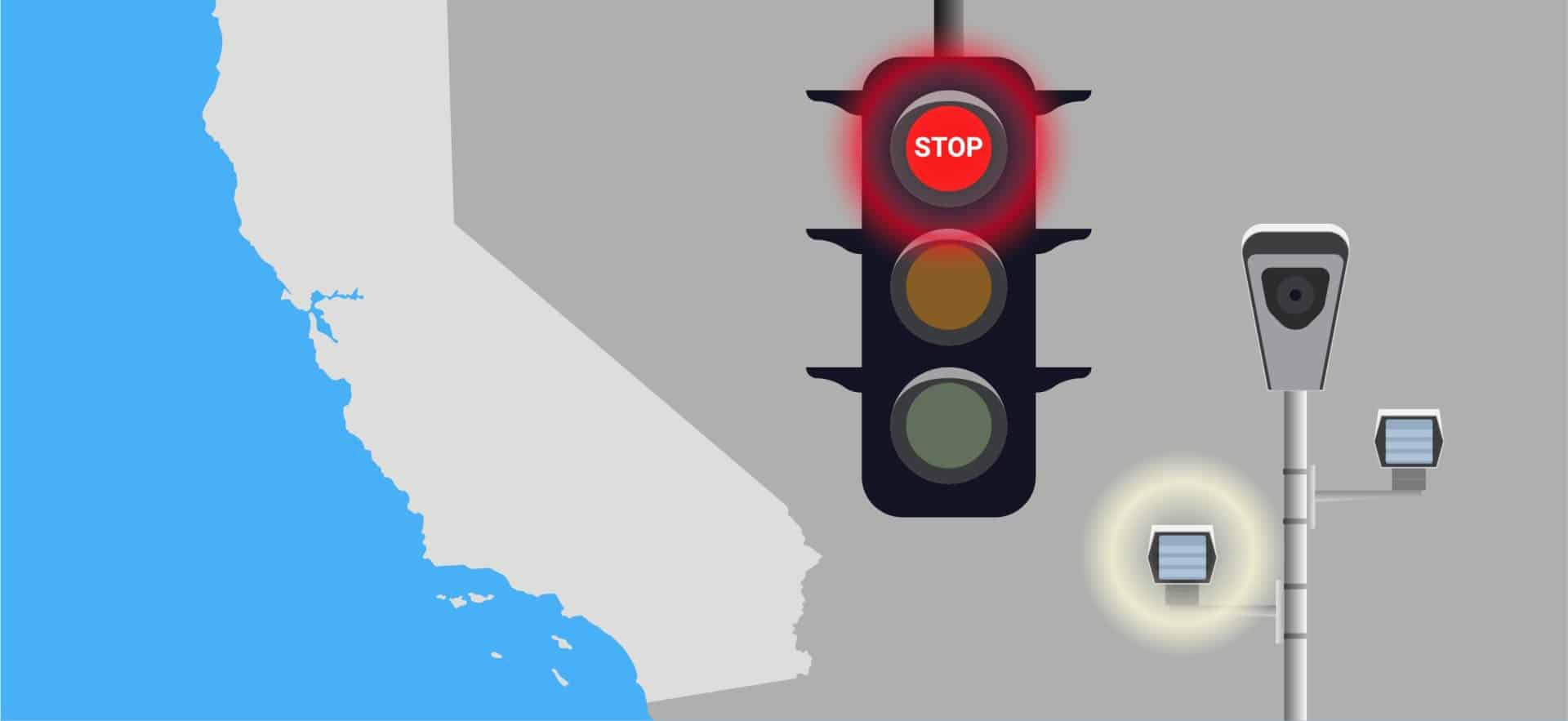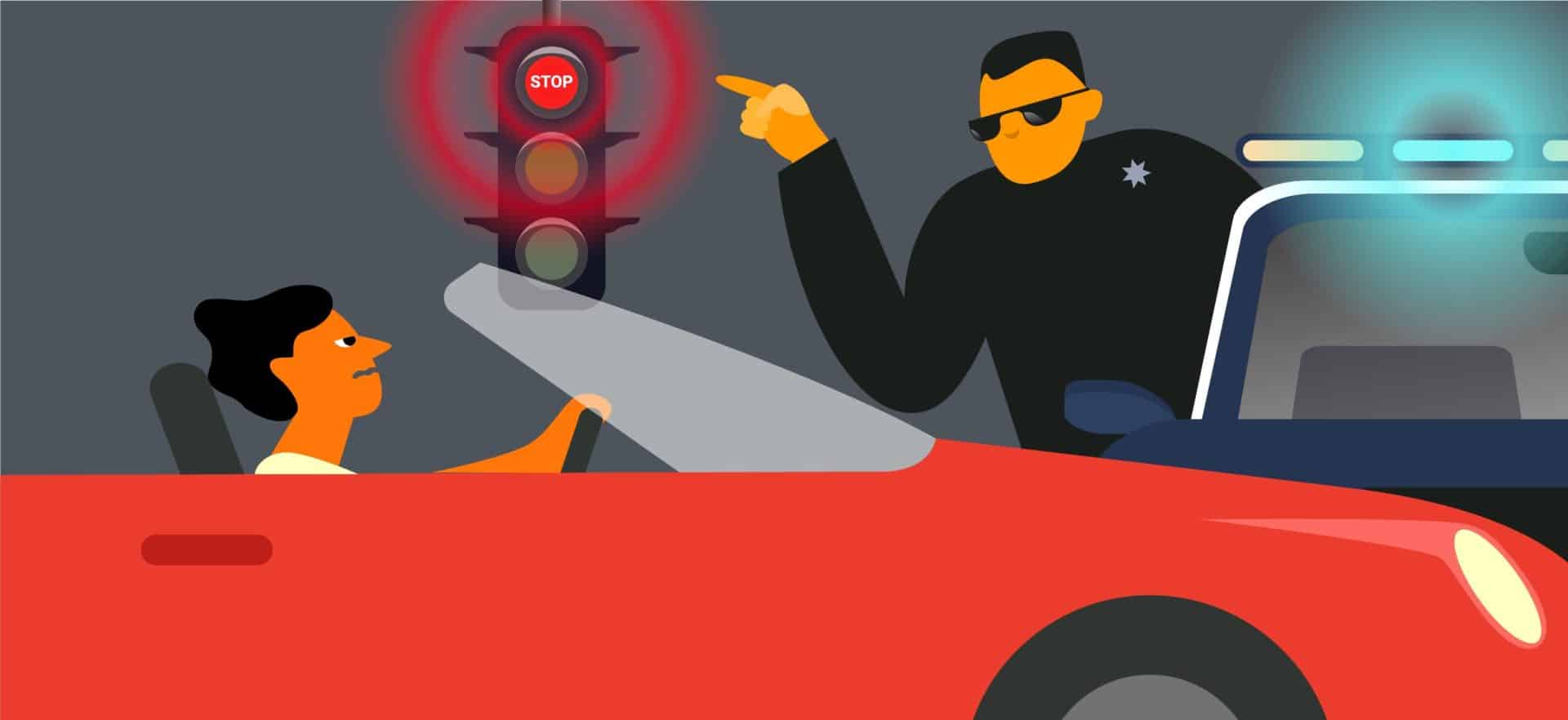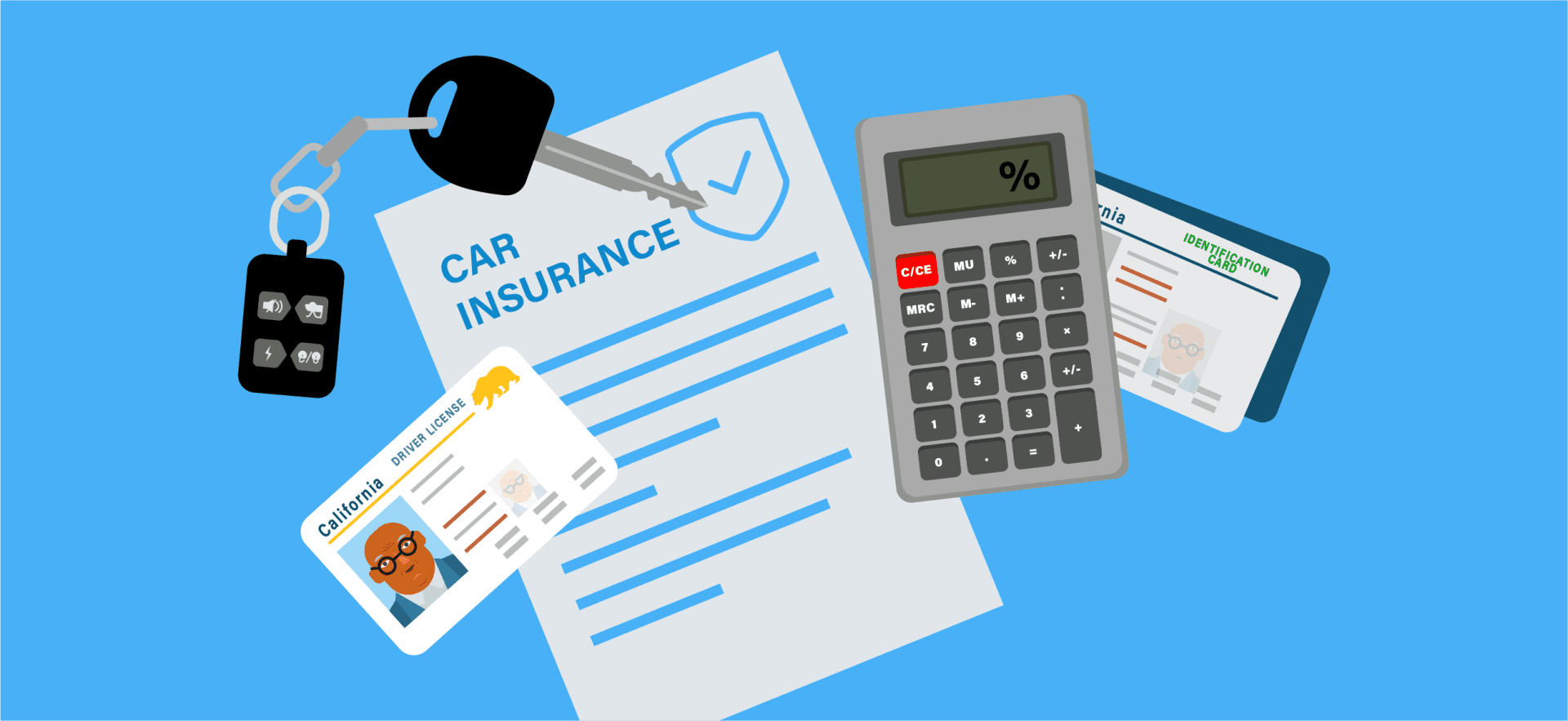Electric vehicles are surging in popularity as a clean energy alternative to traditional gas-powered cars, particularly in the face of recent increases in fuel prices. From 2021 to 2022 alone, the share of electric vehicle sales nearly doubled, jumping from 2.7 percent to a robust 5.6 percent of the total auto market. This growth trend is projected to continue as “more consumers, businesses, and municipalities are looking to electric power as the future of transportation” (Forbes).
As the EV market expands, so does the demand for effective home charging solutions. Among these, Level 2 chargers stand out for their balance of speed and accessibility, making them a key component of the EV revolution.

Understanding the EV Landscape: Benefits and Challenges
Owning an electric vehicle (E.V.) undoubtedly comes with numerous advantages, not the least of which is the ability to sidestep fluctuating gas prices. However, transitioning to an E.V. does introduce new considerations, such as ensuring the vehicle stays charged – a task that requires consistent access to electric vehicle charging stations.
However, finding and accessing public charging stations can be inconvenient at times, making home charging solutions like Level 2 chargers increasingly important. The ability to charge your EV at home provides convenience and can be more cost-effective in the long run.
In the sections to follow, we’ll delve into what an electric vehicle charging station is, explore the different types of chargers, and guide you through installing a Level 2 E.V. charger at home – ensuring you can keep your EV charged and ready with ease.
The ABCs of Electric Vehicle Charging Stations
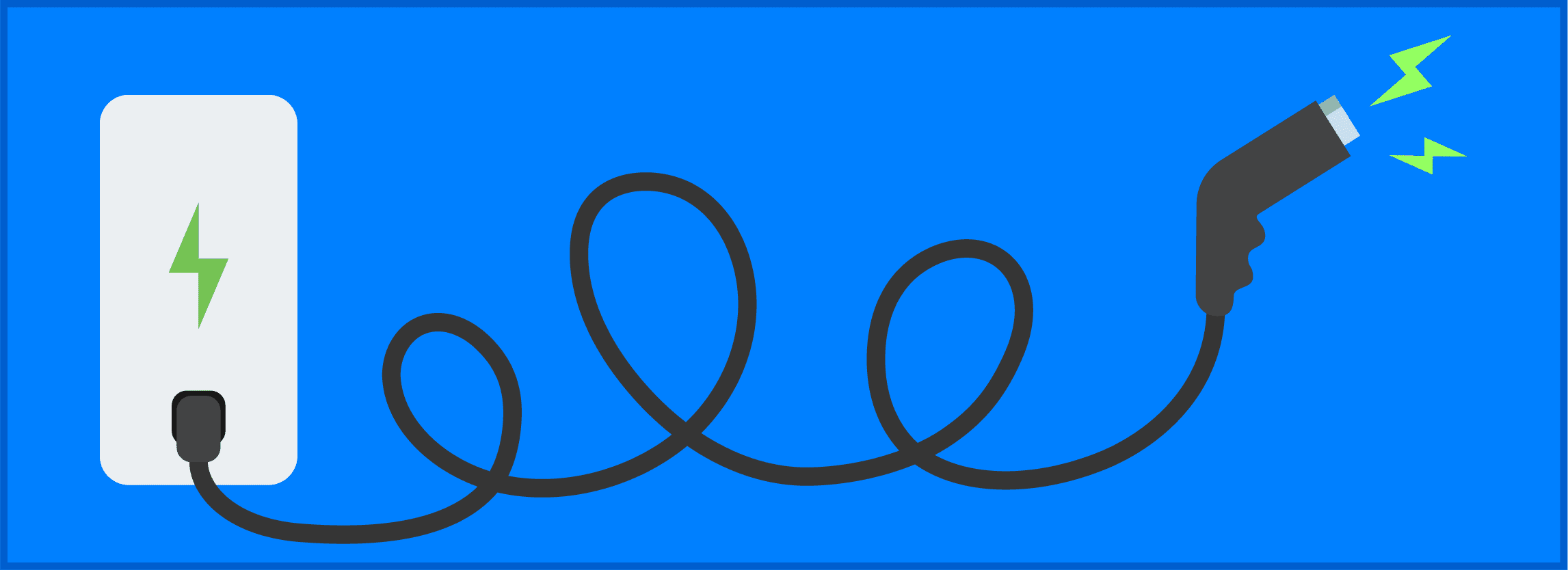
An electric vehicle charging station, also known as “electric vehicle supply equipment” (EVSE), is a pivotal part of the EV ecosystem. It’s where your EV connects to a power source to recharge, similar to how conventional vehicles refuel at a gas station. These stations come equipped with various components, such as the power supply, charging cable, connector, and often a user interface, to enable and manage the charging process.
Charging stations can range from basic setups to more advanced versions boasting features like smart metering, network connectivity, and cellular capability. Some may even offer free charging, possibly subsidized by the government or certain establishments, while others charge a fee for their use.
Electric vehicle charging stations are broadly classified into three levels – Level 1, Level 2, and Level 3. Each level represents a different charging speed and power source. Level 1 chargers are essentially standard household outlets, Level 2 chargers are high-speed residential or public chargers, and Level 3 chargers, also known as DC Fast Chargers, are super-speedy, commercial-grade chargers.
We’ll delve deeper into these classifications and their pros and cons in the following sections.
Comparing Level 1, Level 2, and Level 3 Chargers
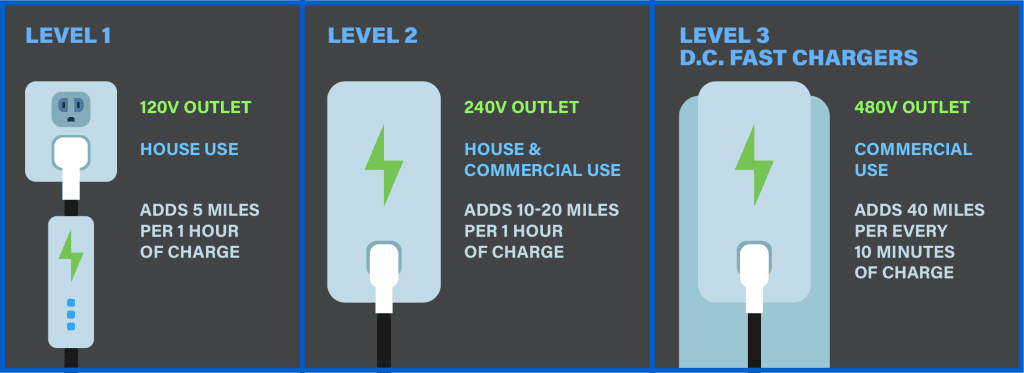
In the world of electric vehicle charging, understanding the difference between Level 1, Level 2, and Level 3 chargers can help you make an informed decision about your home EV charging setup.
Here’s our quick guide to the key differences between these three types of electric vehicle chargers:
1. Level 1 Chargers
Commonly included with your new EV, Level 1 chargers can be conveniently plugged into standard 120-volt AC outlets. These chargers, however, offer a slower charging rate, delivering roughly five miles of range per hour of charging. This means that fully charging your EV could take anywhere from 8 to 20 hours, depending on your vehicle’s battery capacity. Although Level 1 chargers don’t require special installation, their slow charging speed may not be ideal for EV owners with a longer daily commute.
2. Level 2 Chargers
For a more efficient home EV charging solution, many owners opt for Level 2 chargers like the Tesla Level 2 charger or the Chargepoint Level 2 charger. Requiring a 240-volt AC outlet, these chargers provide significantly faster charging rates, supplying about 10 to 20 miles of range per hour of charging. This can fully charge an average EV battery in just 4 to 6 hours.
Despite the initial added labor they may require, Level 2 chargers are definitely worth it–for starters, they provide about 10 to 20 miles of additional range with every hour you use them to charge your car (read the next section for more details on why they’re worth it!). They are the most common of the three types because they mix convenience and accessibility with faster charging speeds than Level 1s.
3. Level 3 Chargers
Also known as DC fast chargers, Level 3 chargers operate using a 480-volt DC plug and can offer an impressive 60 to 80 miles of range in just 10 minutes of charging. However, they’re not compatible with all EV models and demand a complex electrical setup, making them less suitable for home use. Level 3 chargers are primarily found at commercial charging stations along highways and in public areas.
Why Choose a Level 2 Home Charger?

There are tons of reasons to choose a Level 2 charger over a standard-issue Level 1 charger:
1. Convenience of Home Charging
You may wonder why investing in the best home charger makes sense. It’s because home is where you should be doing most of your charging, whenever possible. According to Car and Driver in their article on the subject, at-home charging “has two significant benefits: Charging can be accomplished when the vehicle is otherwise parked, and home charging is substantially cheaper (roughly one-third the cost) of D.C. fast-charging.”
You can take advantage of off-peak electricity rates and keep your EV topped up whenever it’s parked. This is particularly true for those who own specific models like the Nissan Leaf or Chevy Bolt, which can take full advantage of the quicker charging times.
2. Rapid Charging Capabilities
Depending on which product you use, a Level 2 charger can charge your vehicle two to eight times as quickly as a Level 1 charger. In practice, a Level 1 charger takes about 11 to 20 hours to charge a vehicle fully, while a Level 2 charger only takes 3 to 8 hours to do the same. In case you’re curious, here’s a calculator that estimates how fast a Level 2 charger will be compared to a Level 1, depending on your particular year, make, and model of an electric vehicle.
3. Advanced Smart Charging Features
You can strategically charge your electric vehicle at low-rate times, thereby incurring lower electrical costs in addition to spending less time charging your car. With many Level 2 chargers, you have the ability to set a custom charging schedule. Certain portable Level 2 chargers also come with this feature, adding another layer of flexibility to your charging routine. It’s no wonder that EvoCharge describes having a Level 2 charger as “like having your own gas pump in your garage, but it is a smart appliance that charges your vehicle.”
4. Opportunities for Financial Savings
If you don’t presently have a 240-volt electrical outlet at home, you might be worried about the cost of installing one. However, there may be ways to lower installation costs, such as local, state, or federal subsidies and/or financial incentives, as well as rebates provided by utility companies in your region. You can learn more about the tax and rebate incentives for electric vehicle chargers that might be available in your state here.
The U.S. Department of Energy’s eGallon tool suggests that driving on electricity is often cheaper than gasoline. EV owners can maximize these savings by using a Level 2 charger at home.
5. Enhance Your EV Experience
Investing in a Level 2 charger allows you to enjoy the benefits of your electric vehicle fully. Mia Yamauchi at Plugless Power put it perfectly when she wrote, “Level 2 charger can help you get more enjoyment out of your awesome spaceship car. Remember, it’s a one-time home process that provides years of convenience. It future-proofs your home and makes it easier to stay fully charged . . . The perfect charging setup literally takes everything you love about your E.V. to the next level.”
How to Install a Level 2 Charger at Home

You’ll need to know how to install your Level 2 charger to create the ultimate at-home, lightning-fast E.V. charging station.
1. Assess Your Home’s Electrical Capacity
Before you begin the process of installing your Level 2 charger, it’s important to make sure that your home’s electrical system has the capacity to accommodate it. Here are some questions to ask yourself before you proceed:
Assessing Current Amp Capacity
Your home needs to pull enough amps of current. Most homes are wired to pull 100 amps or 200 amps of current, while most Level 2 EV chargers such as the Tesla Level 2 charger or Chevy Bolt Level 2 charger pull around 30 to 50 amps. You’ll need a 200-amp electrical panel to ensure you don’t blow a fuse every time you charge your car. A professional electrician can help with this upgrade if needed.
Checking Your Electrical Panel’s Space
Make sure there’s space in your electrical panel for more additions. Even if you have a 200-amp panel, you need to ensure that all the circuit breakers are not already occupied. An electrician can confirm whether you have enough space to add an EV charger.
2. Installing a 240-volt Outlet: Trust the Professionals
We wouldn’t recommend doing this yourself unless you’re a licensed electrician, but a professional can easily install a 240-volt outlet where you can plug in your Level 2 charger. But be sure to check your garage before you do this because many garages (especially newer ones) come with this type of plug.
3. Selecting and Setting Up a Level 2 Charger
After getting a 240-volt outlet installed, you can proceed to purchase a Level 2 charger. Depending on the model you choose, such as a Tesla Level 2 charger for a Tesla EV or a specific BMW EV charger, the installation steps may vary. Some chargers will simply need to be plugged into the outlet, while others may require syncing with a smartphone app or specific physical installation steps. It’s important to thoroughly read the instructions provided with your chosen charger for optimal setup and use.
In other words, it depends on which product you choose (not sure where to start? Check out our guide to the best level 2 EV chargers in the last section of this article). Be sure to read the instructions that come with your charger of choice for a specific guide that will ensure it’s set up to function optimally.
Choosing the Best Level 2 Charger for Your Home
When it comes to electric vehicles, finding the right home charging solution is crucial. While there are various options available, Level 2 chargers are often favored for their balance of speed, efficiency, and affordability. So, how do you determine the best Level 2 EV charger for home use?
- Compatibility: Ensure the charger is compatible with your EV model. While most Level 2 chargers offer universal compatibility, it’s always good to double-check.
- Charging Speed: Consider chargers that provide the right amperage. Understanding the Level 2 charger amps can help you choose a charger that meets your speed requirements.
- Safety Features: Opt for chargers that come with safety certifications and features like over-current protection.
- User Reviews: Before making a purchase, check user reviews. This can provide insights into the charger’s performance and reliability.
Understanding Level 2 Charger Technicalities
One aspect that often confuses new EV owners is the amperage of Level 2 chargers. So, what does it mean when we discuss Level 2 charger amps or Level 2 car charger amperage?
- Amperage: This refers to the current flow the charger can provide. Higher amperage means faster charging times. However, ensuring your EV can handle the provided amperage is essential.
- Voltage: Level 2 chargers typically operate at 240 volts, which is why they can charge an EV much faster than standard household outlets.
- Connector Types: Ensure the charger’s connector type matches your EV’s charging port.
The Best Level 2 Home Chargers in 2024
Now that you understand everything you need to know about Level 2 home chargers and how to install them at home, you may be looking to purchase one of your own. If so, here are our top three choices when it comes to level 2 home chargers, based on tons of research and honest customer reviews:
1. Smart EV Charging with WiFi: JuiceBox 40
If you have plenty of cash to spend on a top-of-the-line Level 2 home charger, you can’t go wrong with the JuiceBox 40, which is still the most affordable Level 2 charger at this level of quality. WiFi connectivity and an associated JuiceNet app allow you to “control and monitor charging remotely, get notified when your car is fully charged, set reminders to charge, and more.” It’s even voice control capable via Amazon Echo/Alexa.
But the best thing about this product is that you can schedule your charging times so that you’re charging when electricity rates are at their lowest, which will save you even more money than you’ve already been saving since you switched from gas-powered vehicles.
Installation is super simple if you have a NEMA 14-50R outlet–just plug it in, and it’s ready to go. In addition, there are several variations of this product in addition to the 40-amp version linked above: a 48-amp version or a cheaper 32-amp version.
2. Versatile EV Charging – ChargePoint Home Flex
Level 2, 240 volt electric vehicle (EV) charging station charges any EV up to 9X faster than a normal wall outlet, with flexible amperage settings up to 50 amps (16/24/32/40/48/50 Amp) and plug-in or hardwired installation. Use the ChargePoint app to pick the right amperage for your home after installation.
ChargePoint is perhaps best known for being responsible for thousands of public chargers across the U.S., and their Home Flex Level 2 charger is connected to the same app that all these public units use. When you connect your charger to the app, you can see data like the charge time, charge-rate graphs, and total energy output during the charge.
Like the JuiceBox, you can also set things up so that your car charges at times when electricity is the cheapest. You’ll also benefit from the three-year warranty and 24/7 customer support that come with this product.
3. Reliable Level 2 Charging – Lectron NEMA 14-50
This product is designed to make EV charging quick and effortless. Compact and durable, it is the perfect charging cable for home use. Its 21ft cable is extra-long to fit most driveways or garages. The NEMA 14-50 Plug has an input power of 240V. You may attach it to a 240V outlet for Level 2 charging.
This is our recommendation for readers who want to purchase a Level 2 charger but are on an extremely limited budget. It doesn’t include WiFi like the much costlier JuiceBox or ChargePoint products, but it does allow you to track your energy usage.
It comes with an LCD screen that shows details like the voltage, amperage, charge time, energy in kWh, and temperature, which is quite an impressive feature considering the cost. Keep in mind that its cord can reach up to 21 feet and that you can also choose a slightly cheaper 16-amp version of this product or a slightly more expensive 40-amp version.
Frequently Asked Questions
1. What is the speed of an L2 charger?
The L2 charger speed primarily depends on its amperage. Typically, a Level 2 charger can fully charge an EV in 4-6 hours, but this varies based on the vehicle and charger specifications.
2. How do Level 2 charger amps impact charging speed?
The amperage, or Level 2 charger amps, indicates the current flow. Higher amperage chargers will charge an EV faster, provided the vehicle can handle the increased current.
3. Is a Level 2 charger worth the investment for home use?
Absolutely! Many consider it the best Level 2 charger for home due to its efficiency and speed, especially when compared to standard household outlets.


